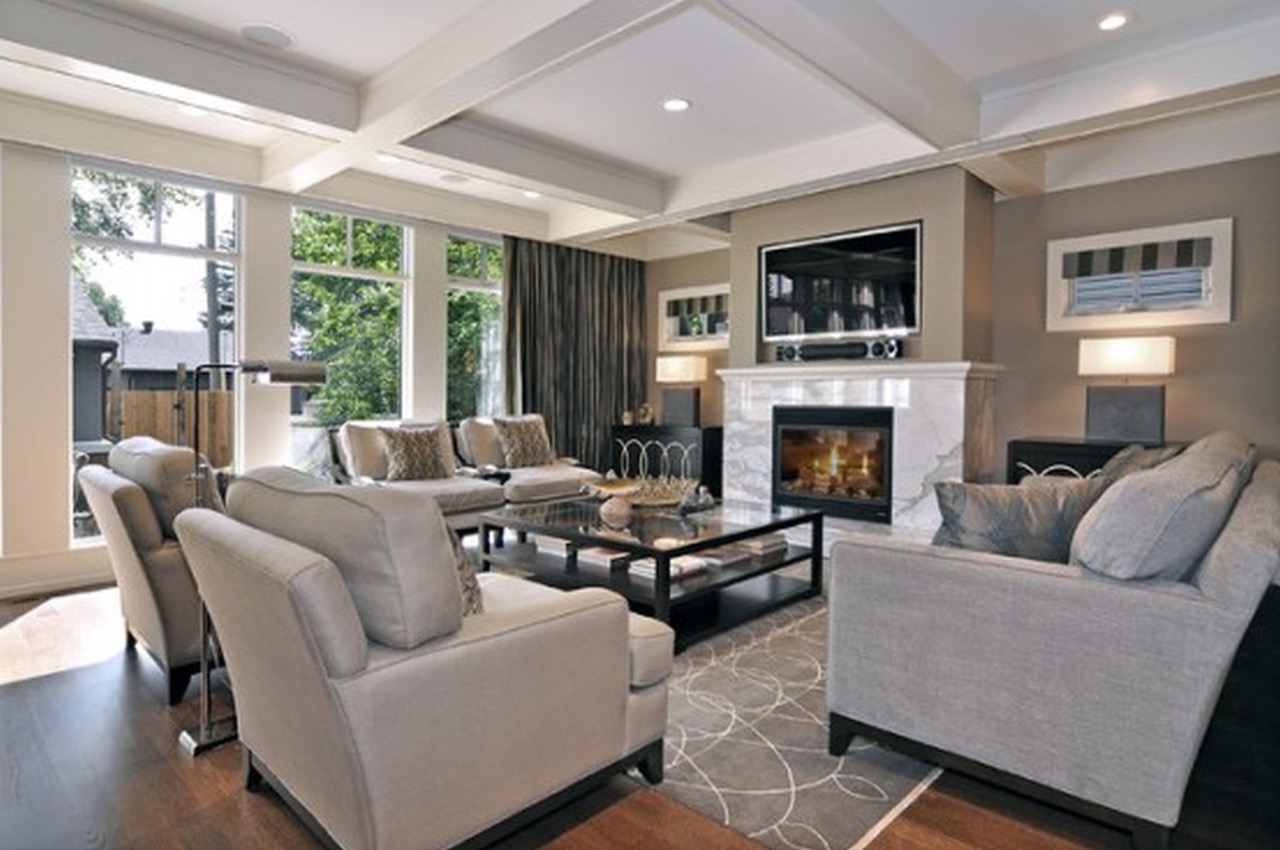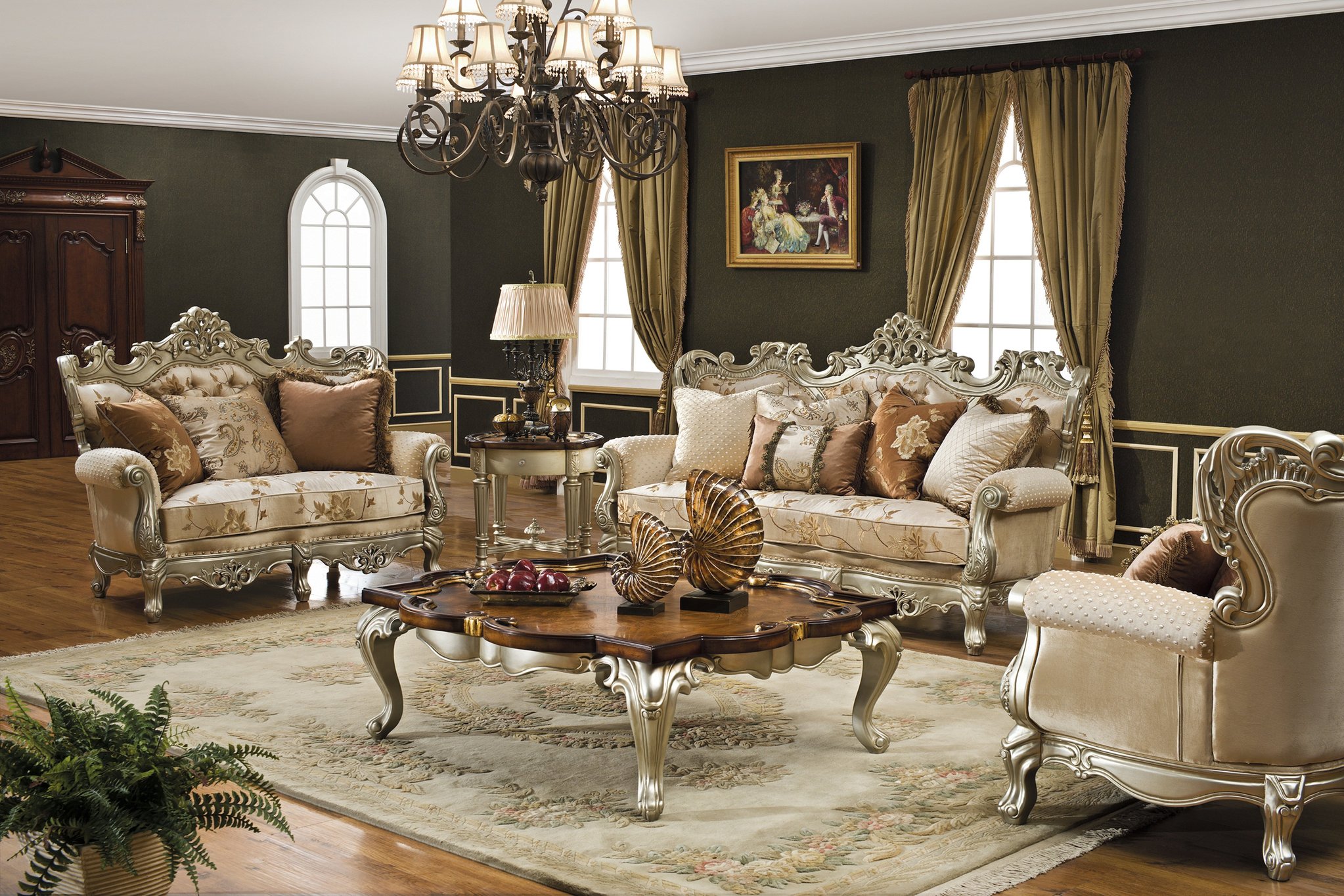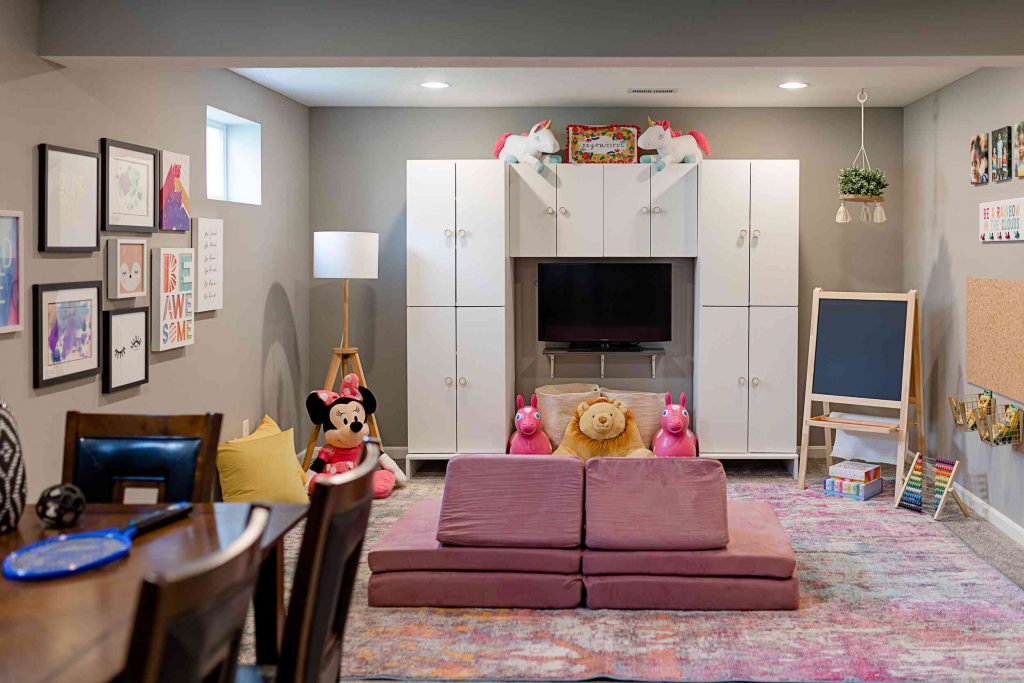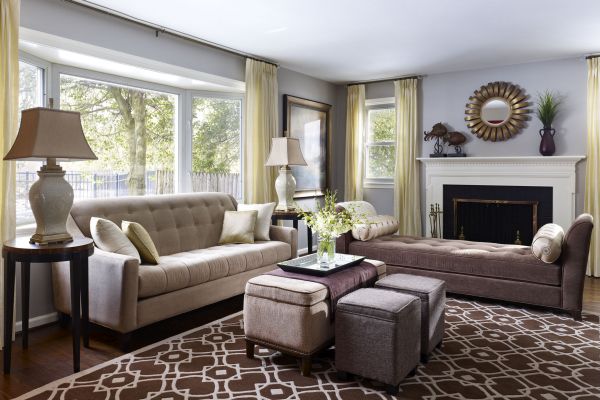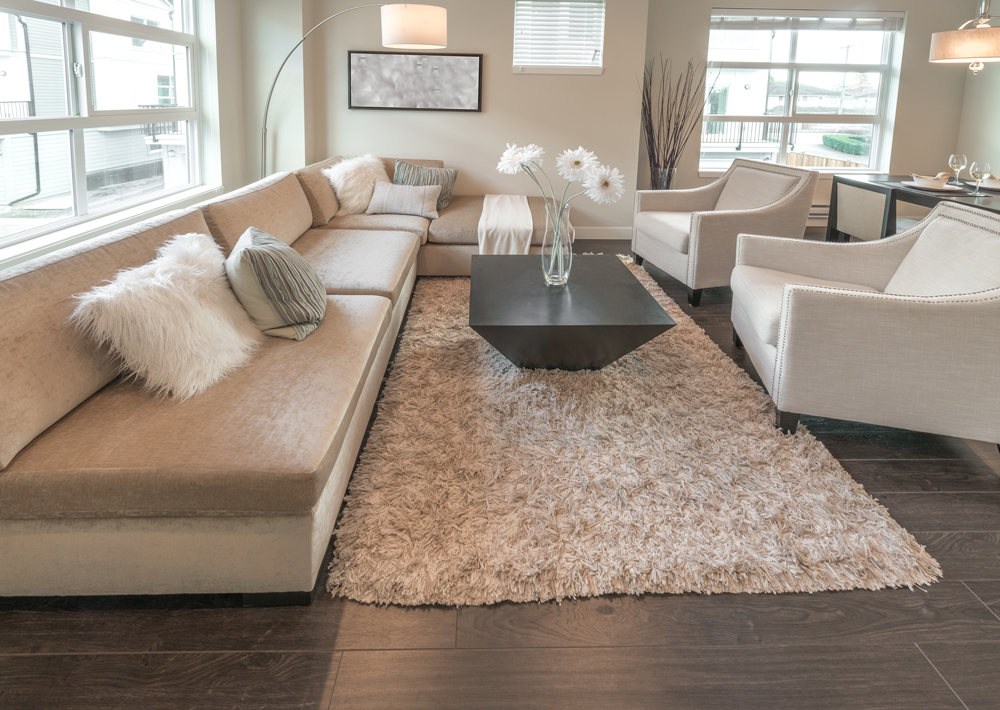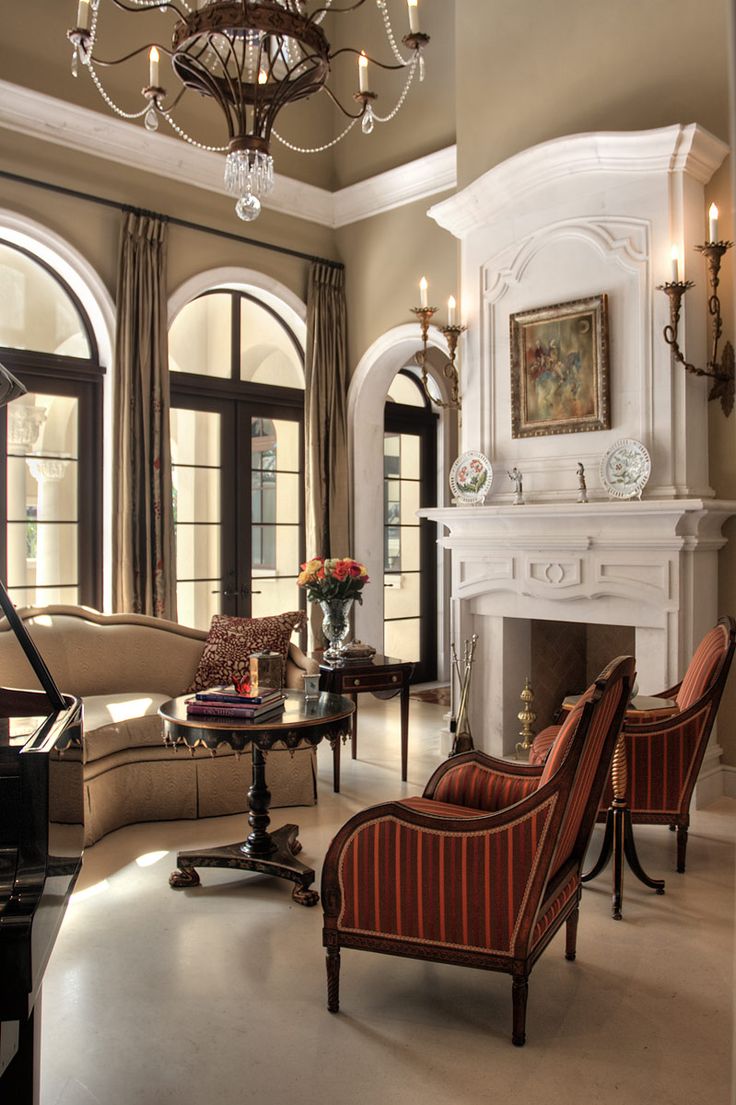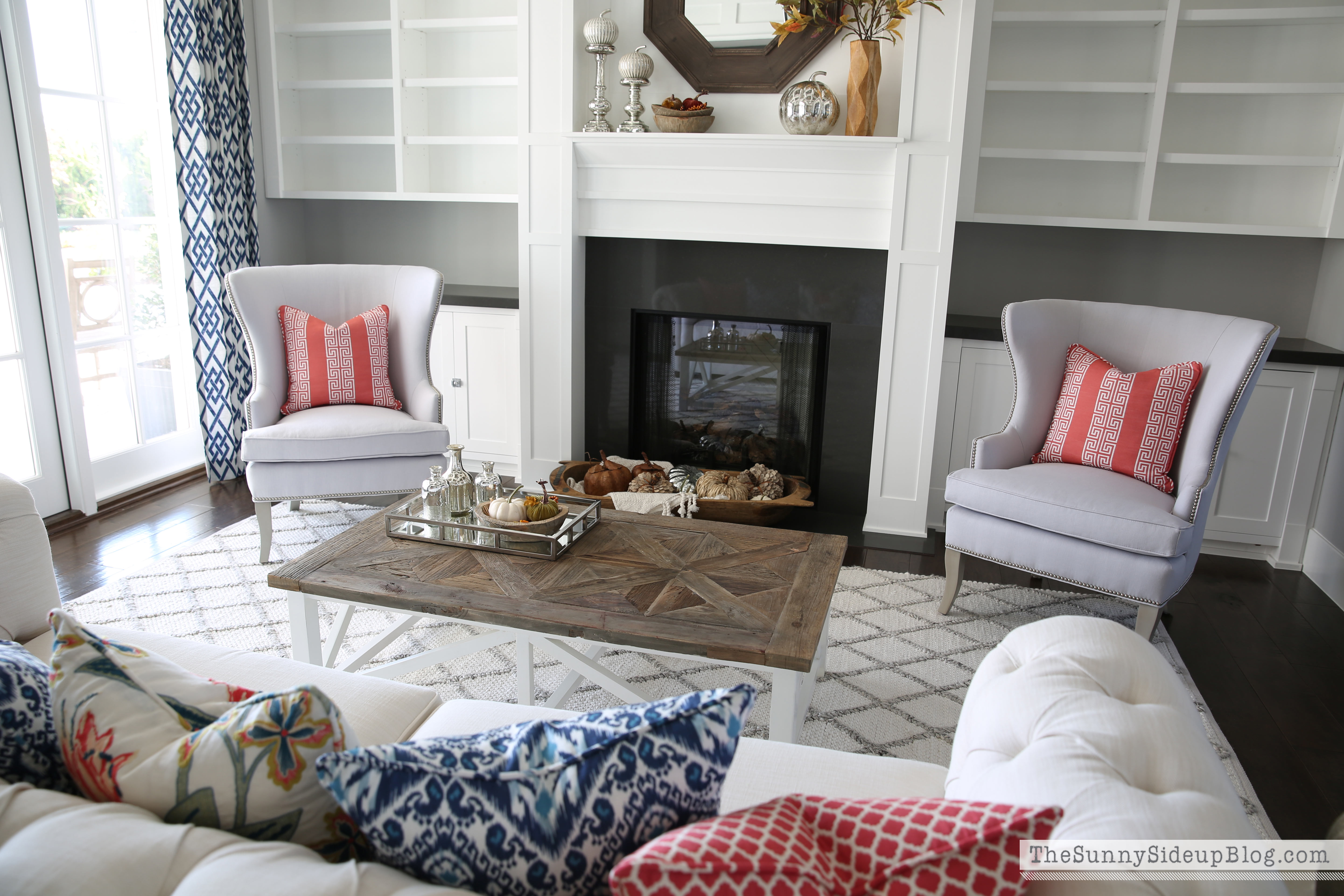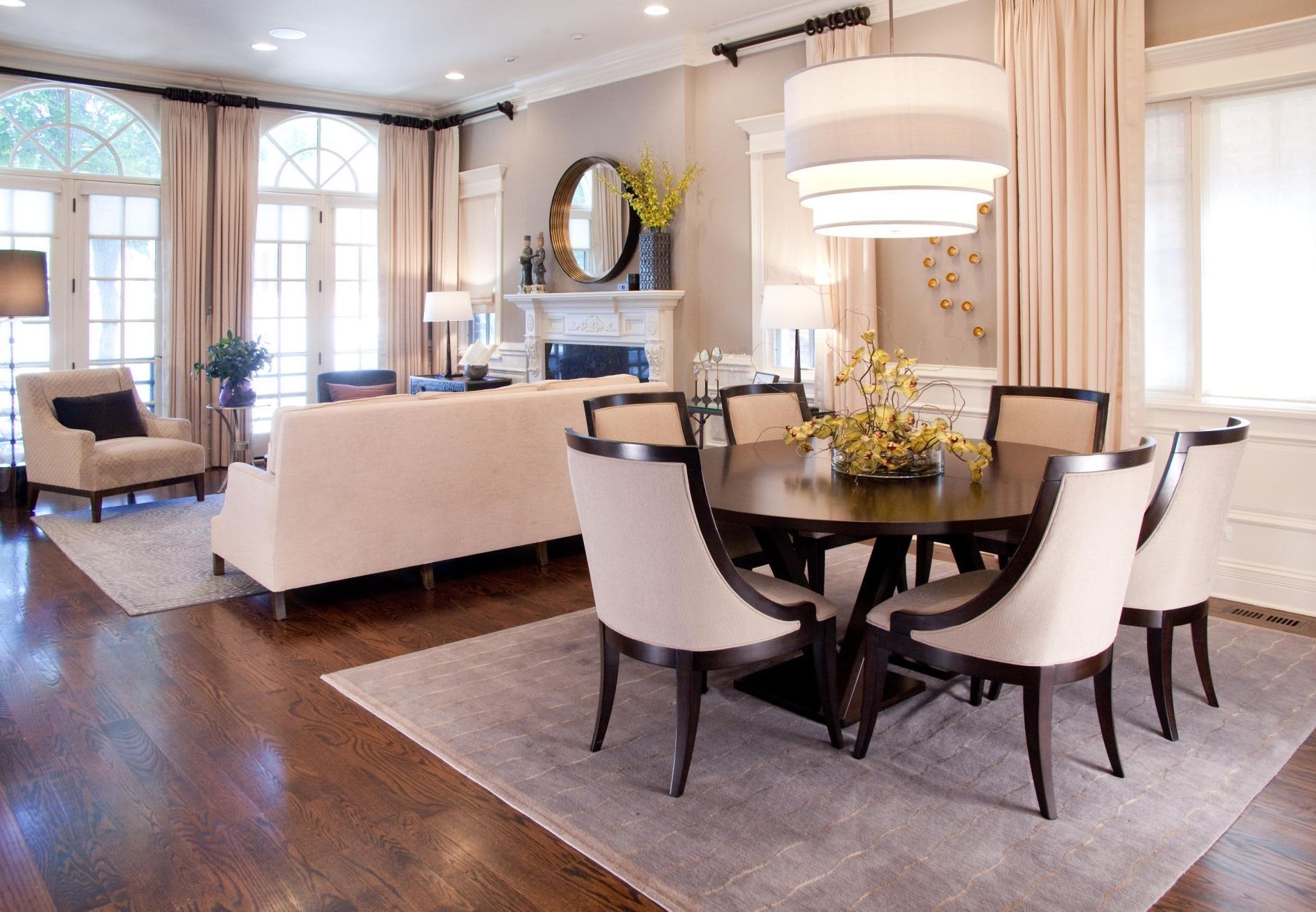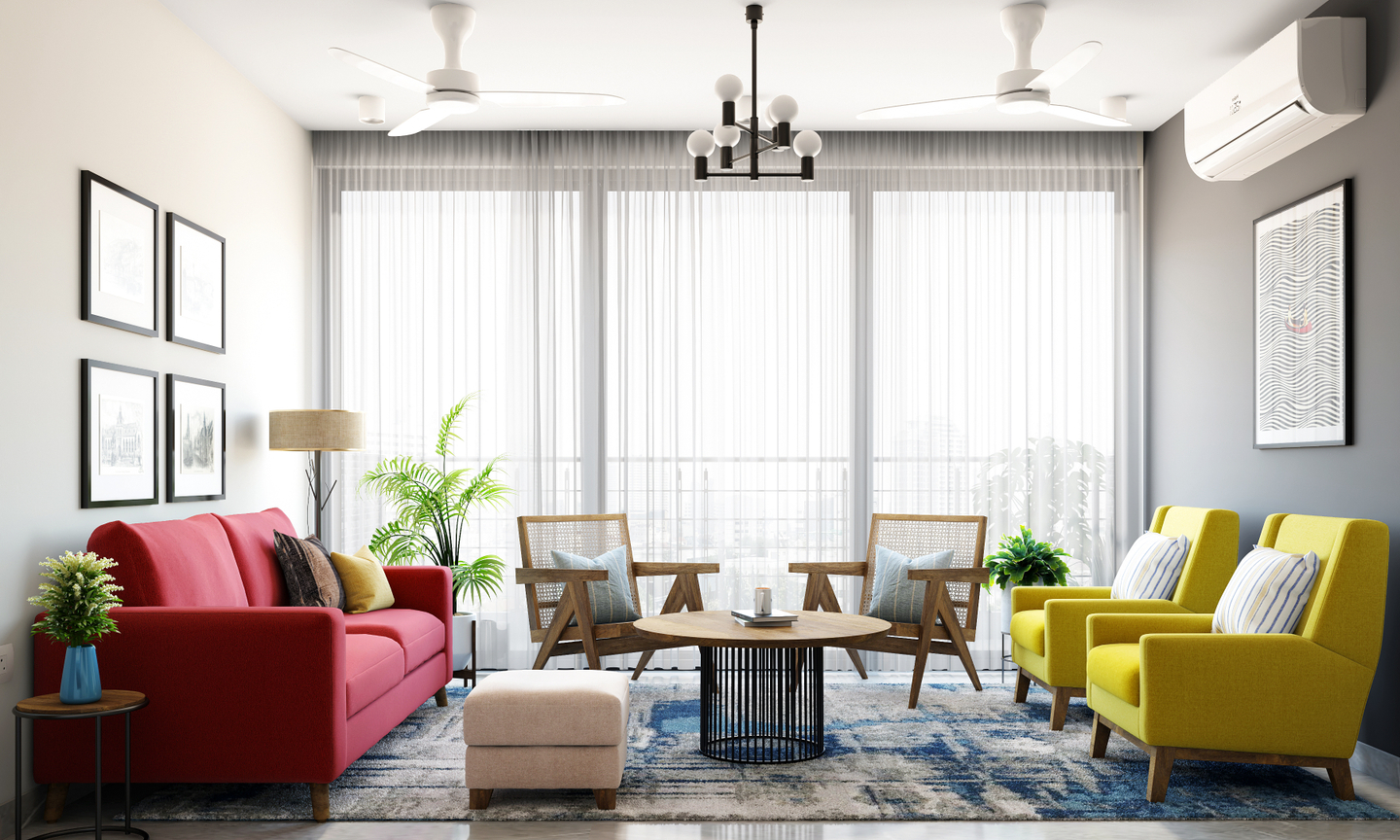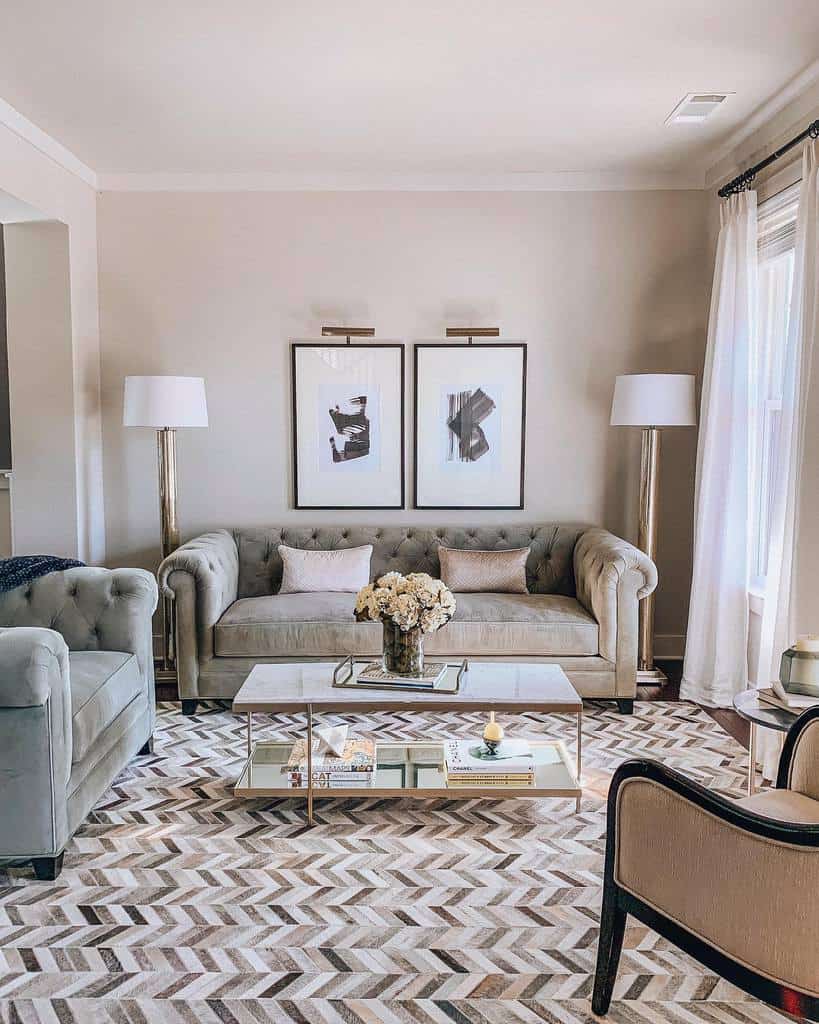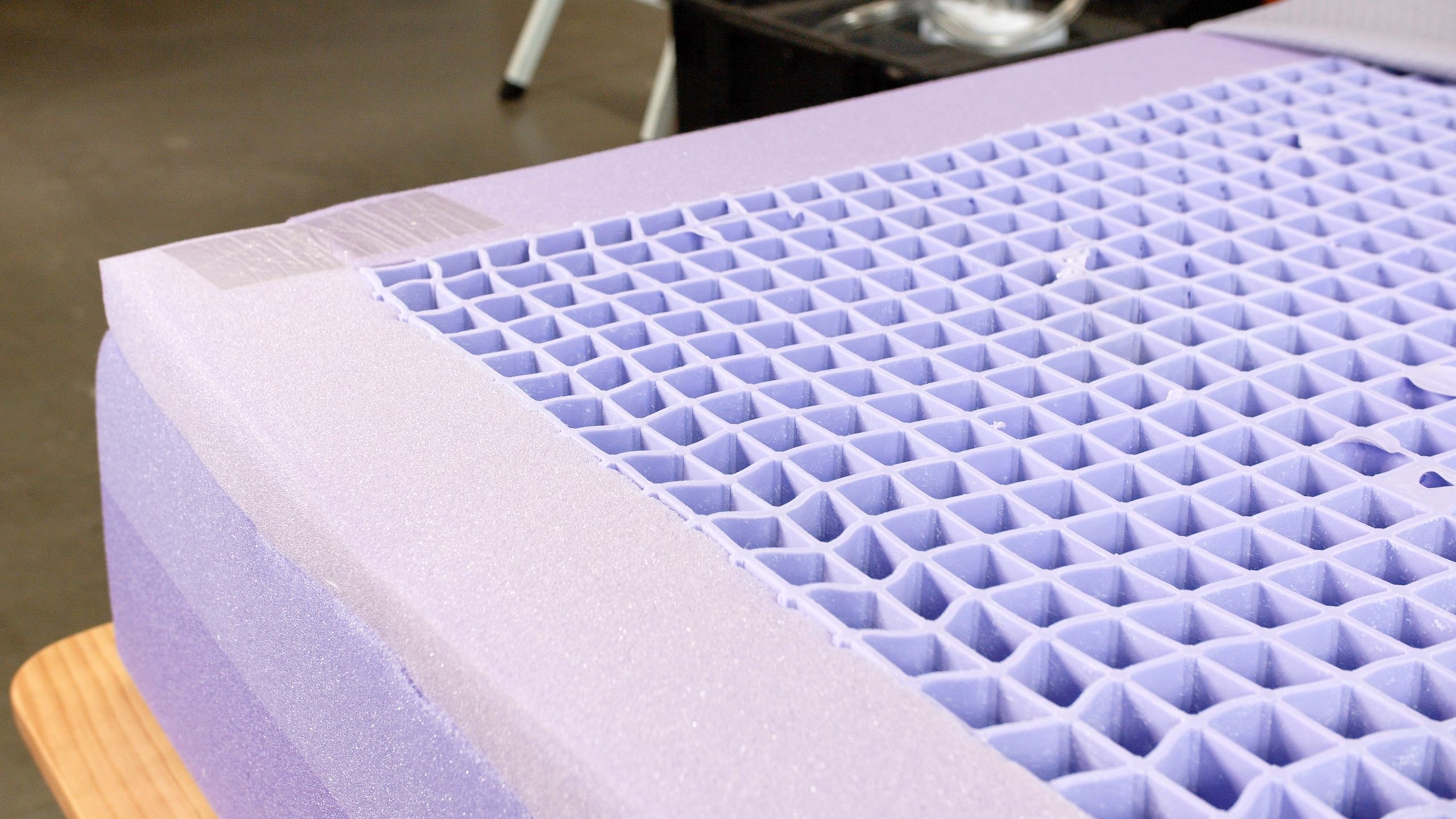A formal living room is a designated space in a home that is typically used for hosting guests and entertaining. It is often located near the entryway and is considered to be one of the more formal rooms in a house. This room is usually decorated with elegant furniture and is meant to make a statement. Having a formal living room can add a touch of sophistication and elegance to a home. It can also serve as a space for special occasions and gatherings. However, there are also some downsides to having a formal living room. Let's explore the pros and cons of having a formal living room. Formal living room
Pros: 1. Impress your guests: A formal living room can make a great first impression on guests and give them a glimpse of your style and taste. 2. Adds value to your home: Having a formal living room can increase the value of your home, making it more desirable to potential buyers. 3. Create a designated entertaining space: A formal living room can be the perfect space for hosting dinner parties and other special occasions. Cons: 1. Limited use: A formal living room is usually only used for special occasions, which means it can end up being a wasted space. 2. Costly to maintain: The furniture and decor in a formal living room are often more expensive, which can make it costly to maintain and update. 3. Unused space: If you are not someone who enjoys hosting formal events, a formal living room can end up being unused and collecting dust. Pros and cons of having a formal living room
The decision to have a formal living room ultimately depends on your personal preferences and lifestyle. While it can add value and elegance to a home, it may not be necessary for everyone. If you enjoy hosting formal events and have the budget to maintain it, a formal living room can be a great addition to your home. However, if you prefer a more casual and relaxed living space, there are alternatives to a formal living room. Is a formal living room necessary?
If you want to create a more functional living space, there are alternatives to a formal living room that can still add style and value to your home. 1. Create a multipurpose room: Instead of dedicating a room solely to formal occasions, consider making it a multipurpose room that can also serve as a home office or a playroom for children. 2. Convert it into a lounge area: Transform your formal living room into a cozy lounge area by adding comfortable seating and a TV. This way, it can still be used for entertaining but also serve as a space for relaxation. 3. Make it a library: If you are an avid reader, converting your formal living room into a library can be a great way to make use of the space. You can add bookshelves and a comfortable reading nook to make it a cozy and functional room. Alternatives to a formal living room
If you do decide to keep your formal living room, there are ways to make it more functional and versatile. 1. Add multipurpose furniture: Incorporate furniture that can serve multiple purposes, such as a coffee table with hidden storage or a sofa bed for overnight guests. 2. Incorporate technology: Adding a TV or sound system to your formal living room can make it a more inviting and useful space. 3. Make it a game room: Turn your formal living room into a game room by adding a pool table, foosball table, or other games that can be enjoyed by both children and adults. How to make a formal living room more functional
If you decide to keep your formal living room, here are some design ideas to make it a stylish and functional space: 1. Create a cozy seating area: Instead of traditional formal furniture, opt for comfortable seating options such as plush sofas and armchairs to make the room feel more inviting. 2. Add a statement piece: Make a statement with a bold piece of artwork, a unique chandelier, or a colorful area rug to add personality to the room. 3. Incorporate natural elements: Bring the outdoors in by adding plants and natural elements like wood or stone to create a warm and inviting atmosphere. Design ideas for a formal living room
While there are downsides to having a formal living room, there are also many benefits that make it worth considering: 1. Adds elegance to your home: A formal living room can make a statement and add a touch of elegance and sophistication to your home. 2. Creates a designated entertaining space: Having a formal living room can be great for hosting special occasions and impressing guests. 3. Adds value to your home: A well-designed formal living room can increase the value of your home and make it more desirable to potential buyers. The benefits of having a formal living room
If you do decide to keep your formal living room, here are some ways to utilize it: 1. Host formal events: Use your formal living room as a space to host dinner parties, cocktail parties, or other special occasions. 2. Create a reading nook: Make use of the quiet and elegant atmosphere of a formal living room by creating a cozy reading nook. 3. Relax and unwind: Use your formal living room as a space to disconnect from technology and unwind with a book or a glass of wine. How to use a formal living room
If you want to make the most out of your formal living room, consider creating a multi-functional space that can serve different purposes: 1. Add a home office: If you work from home, consider turning your formal living room into a home office during the day and a space for entertaining in the evenings. 2. Make it a workout space: Use your formal living room as a space to exercise by adding a treadmill or yoga mat. 3. Create a craft room: If you enjoy crafting, use your formal living room as a creative space by adding a table and storage for supplies. Creating a multi-functional formal living room
Styling a formal living room can be a bit challenging, but here are some tips to help you create a functional and stylish space: 1. Keep it clutter-free: A formal living room should be kept neat and organized, so avoid adding too many decorative items that can make the space feel cluttered. 2. Stick to a color scheme: Choose a color scheme and stick to it to create a cohesive and elegant look in the formal living room. 3. Incorporate personal touches: Add personal touches such as family photos or meaningful artwork to add character to the room. In conclusion, whether or not to have a formal living room is a personal choice. While it can add value and elegance to a home, it may not be necessary for everyone. Consider the pros and cons and explore alternative options to make the most out of the space. And remember, a formal living room can be a beautiful and functional addition to your home if styled and utilized correctly. Tips for styling a formal living room
The Functionality of a Formal Living Room
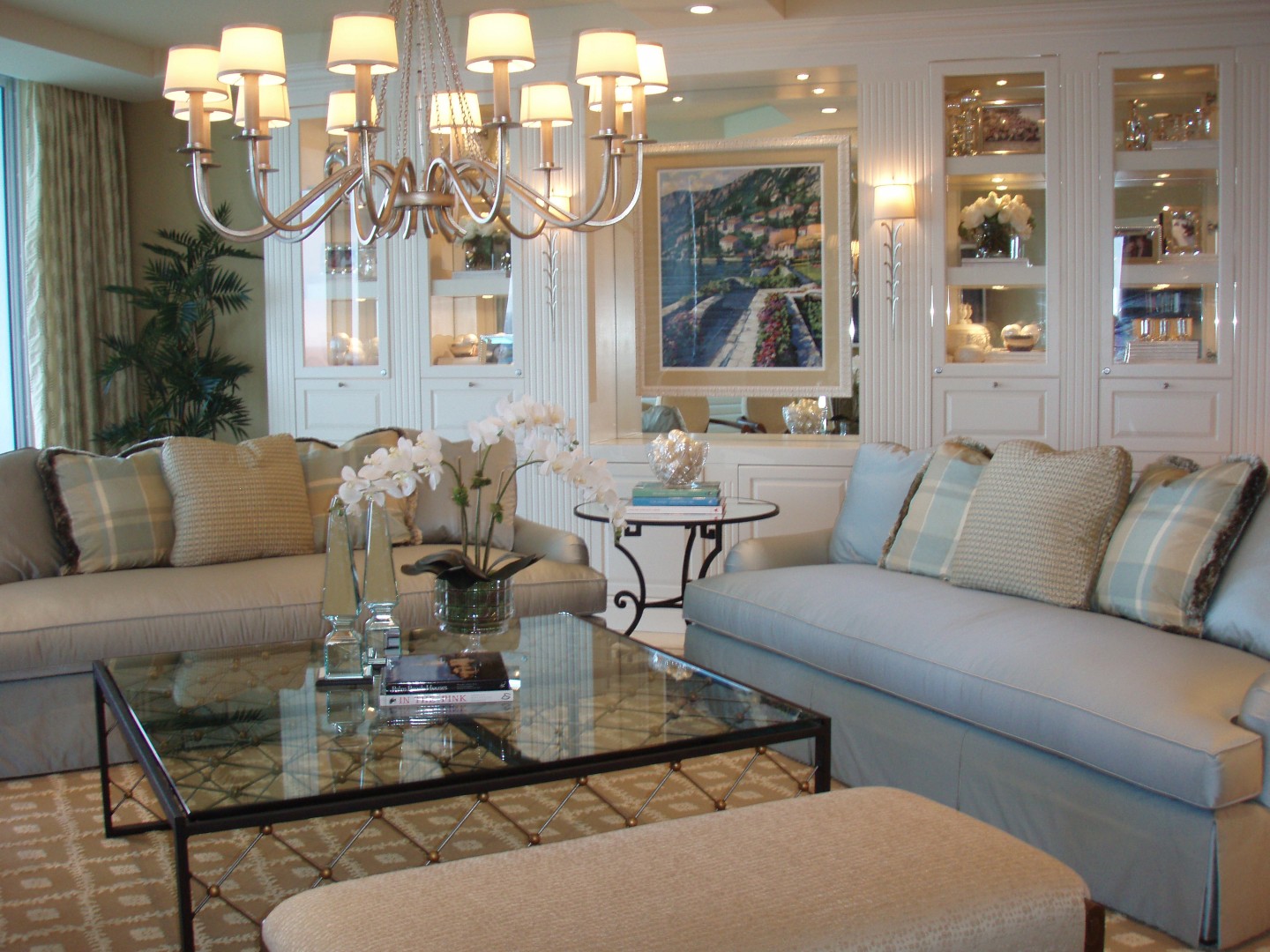
The Pros of Having a Formal Living Room
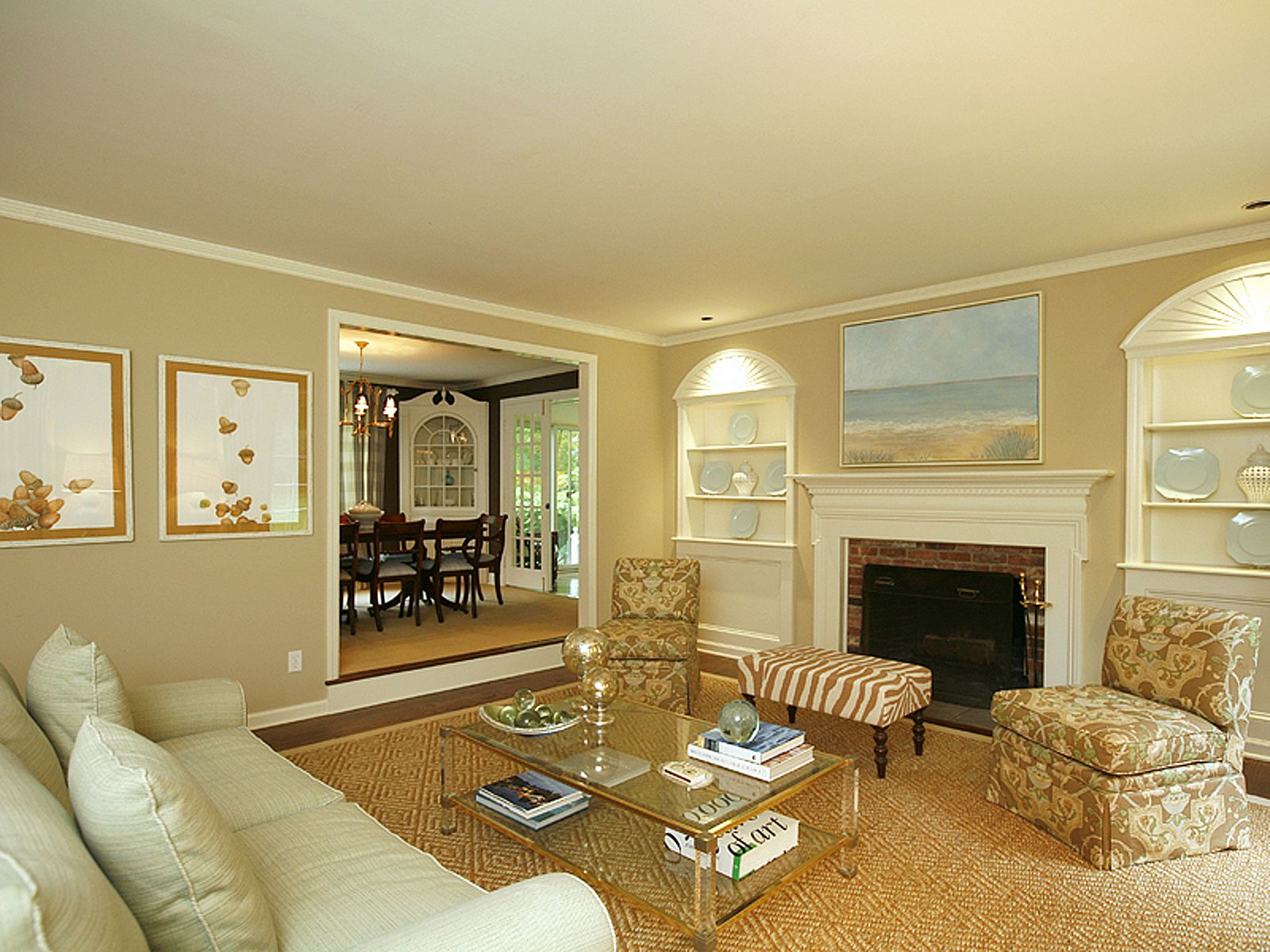 When it comes to house design, one of the biggest debates is whether or not to have a formal living room. Some may argue that it is a waste of space and money, while others believe it adds elegance and sophistication to a home. The truth is, there are pros and cons to having a formal living room, and it ultimately comes down to personal preference. However, there are some key benefits to consider when deciding whether or not to include this traditional room in your home.
Flexibility and Versatility
A formal living room can serve a multitude of purposes, making it a versatile space in your home. It can be a place to entertain guests, a quiet reading nook, or even a playroom for children. Its functionality can change depending on your needs, making it a valuable addition to your house design. You can also use it as an extension of your main living area, providing extra space for larger gatherings or parties.
First Impressions
The formal living room is often the first room guests see when they enter your home. It can make a lasting impression and set the tone for the rest of the house. With its elegant and refined design, it gives off a sense of luxury and sophistication. This can be beneficial if you frequently host business meetings or social events in your home.
Separate Spaces
In today's open-concept floor plans, having a formal living room can provide a sense of separation and privacy. It can act as a designated space for adults to relax and unwind while the main living area is used for more casual activities. This can create a more organized and functional layout for your home, allowing different activities to take place simultaneously.
When it comes to house design, one of the biggest debates is whether or not to have a formal living room. Some may argue that it is a waste of space and money, while others believe it adds elegance and sophistication to a home. The truth is, there are pros and cons to having a formal living room, and it ultimately comes down to personal preference. However, there are some key benefits to consider when deciding whether or not to include this traditional room in your home.
Flexibility and Versatility
A formal living room can serve a multitude of purposes, making it a versatile space in your home. It can be a place to entertain guests, a quiet reading nook, or even a playroom for children. Its functionality can change depending on your needs, making it a valuable addition to your house design. You can also use it as an extension of your main living area, providing extra space for larger gatherings or parties.
First Impressions
The formal living room is often the first room guests see when they enter your home. It can make a lasting impression and set the tone for the rest of the house. With its elegant and refined design, it gives off a sense of luxury and sophistication. This can be beneficial if you frequently host business meetings or social events in your home.
Separate Spaces
In today's open-concept floor plans, having a formal living room can provide a sense of separation and privacy. It can act as a designated space for adults to relax and unwind while the main living area is used for more casual activities. This can create a more organized and functional layout for your home, allowing different activities to take place simultaneously.
The Cons of Having a Formal Living Room
 Cost and Maintenance
One of the main drawbacks of having a formal living room is the cost associated with it. This type of room typically requires higher-end furniture and decor, which can add up quickly. Additionally, the upkeep and maintenance of a formal living room can be time-consuming and expensive.
Underutilized Space
Another disadvantage to consider is that a formal living room may not get as much use as other areas in your home. It can become a "showcase" room, only used for special occasions or as a display for expensive furniture. This may not be practical for some families, especially those with young children or pets.
Personal Preference
Ultimately, the decision to have a formal living room comes down to personal preference. Some may see it as a necessary component of a well-designed home, while others may view it as unnecessary and prefer a more casual living space. Consider your lifestyle, budget, and priorities when making this decision.
In conclusion, a formal living room can add elegance and functionality to your house design, but it may not be suitable for everyone. It is essential to weigh the pros and cons and consider your personal preferences before making a decision. Whether you choose to include a formal living room or not, the most important thing is to create a home that reflects your style and meets your needs.
Cost and Maintenance
One of the main drawbacks of having a formal living room is the cost associated with it. This type of room typically requires higher-end furniture and decor, which can add up quickly. Additionally, the upkeep and maintenance of a formal living room can be time-consuming and expensive.
Underutilized Space
Another disadvantage to consider is that a formal living room may not get as much use as other areas in your home. It can become a "showcase" room, only used for special occasions or as a display for expensive furniture. This may not be practical for some families, especially those with young children or pets.
Personal Preference
Ultimately, the decision to have a formal living room comes down to personal preference. Some may see it as a necessary component of a well-designed home, while others may view it as unnecessary and prefer a more casual living space. Consider your lifestyle, budget, and priorities when making this decision.
In conclusion, a formal living room can add elegance and functionality to your house design, but it may not be suitable for everyone. It is essential to weigh the pros and cons and consider your personal preferences before making a decision. Whether you choose to include a formal living room or not, the most important thing is to create a home that reflects your style and meets your needs.
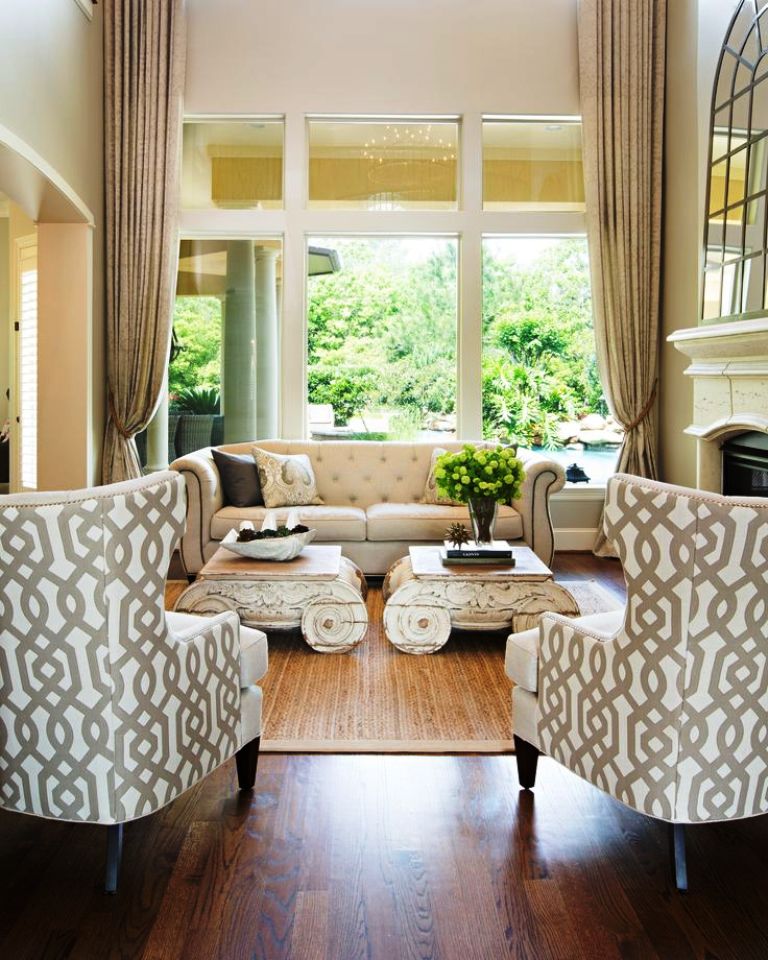


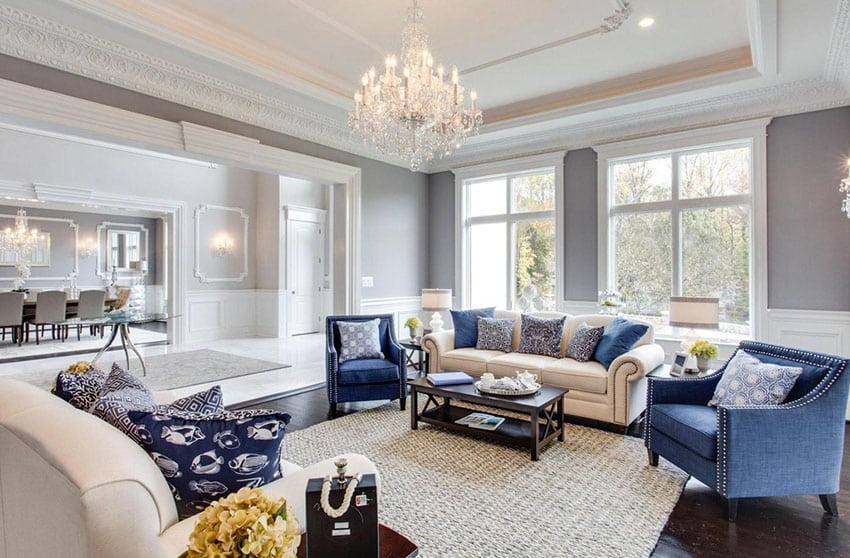
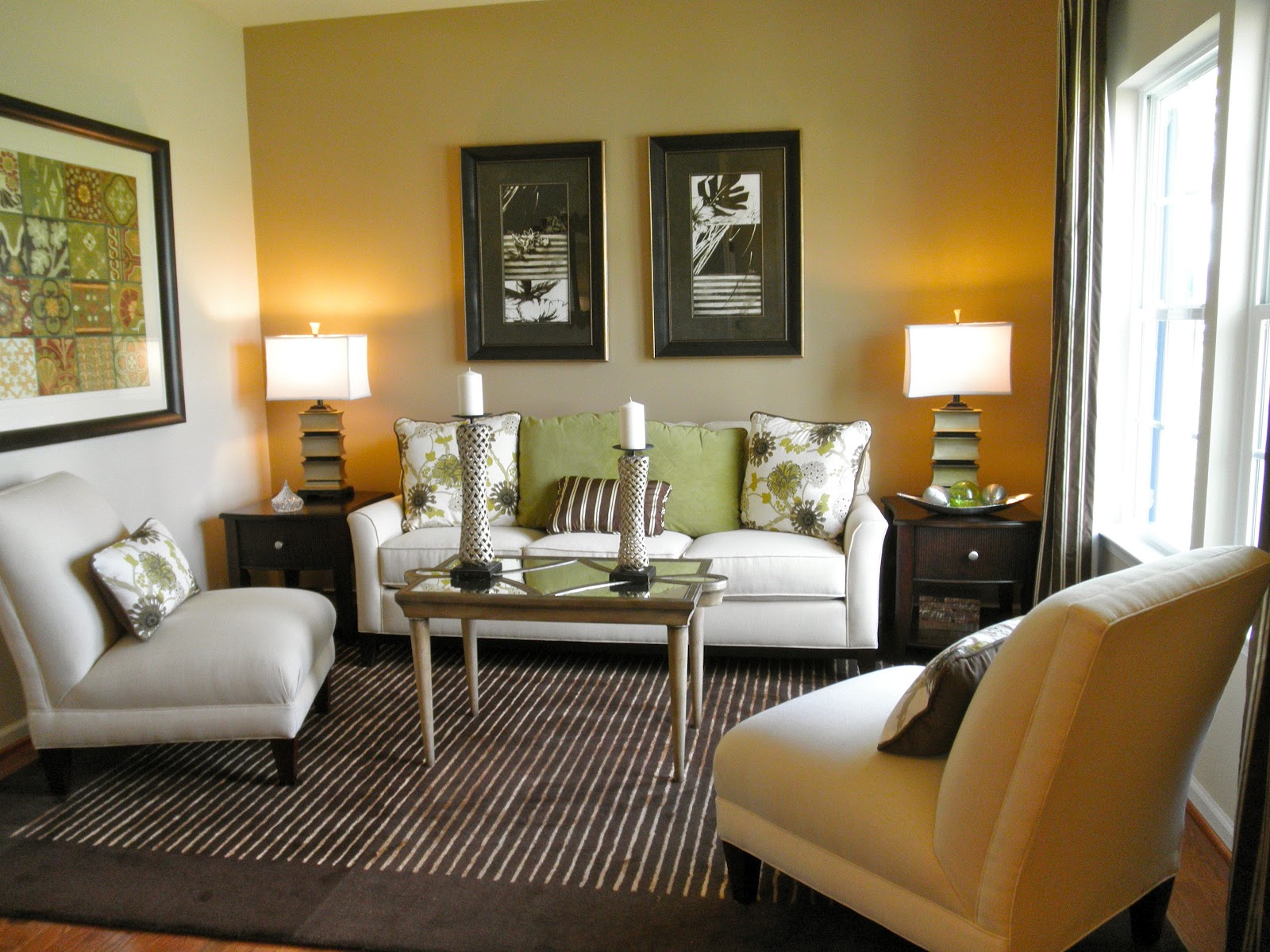
/DesignbyEmilyHendersonDesignPhotographerbyRyanLiebe_21-01b55e98eaa246a1b10472ef3f30c2f7.jpg)
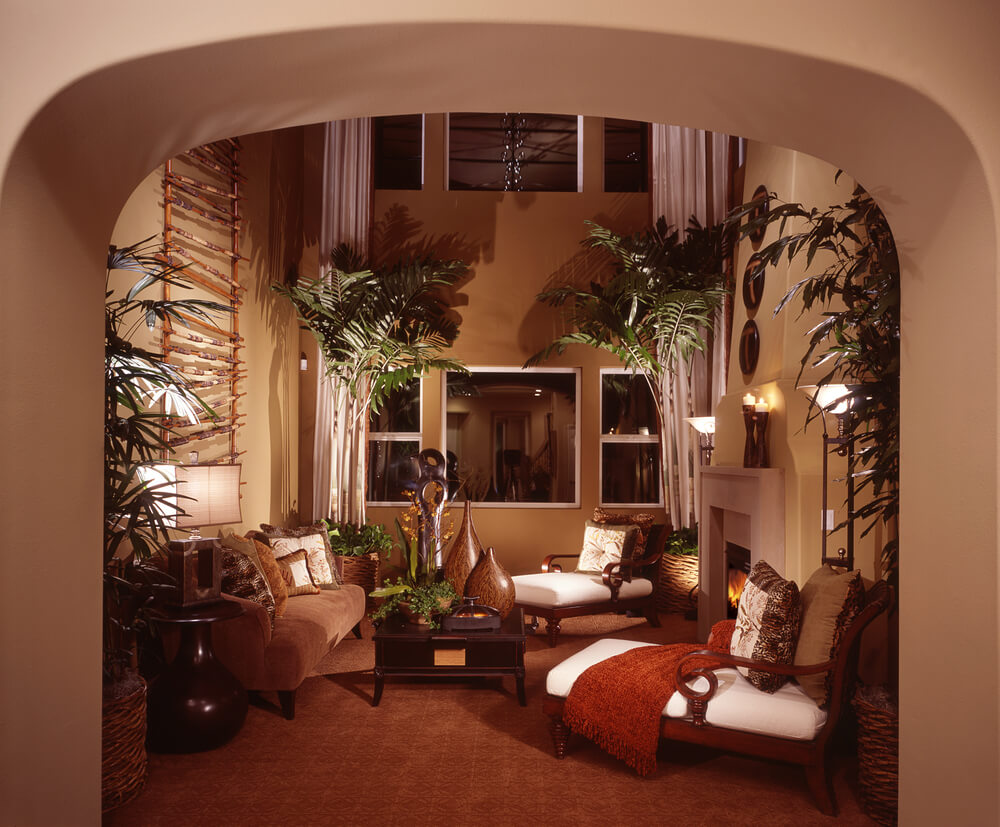
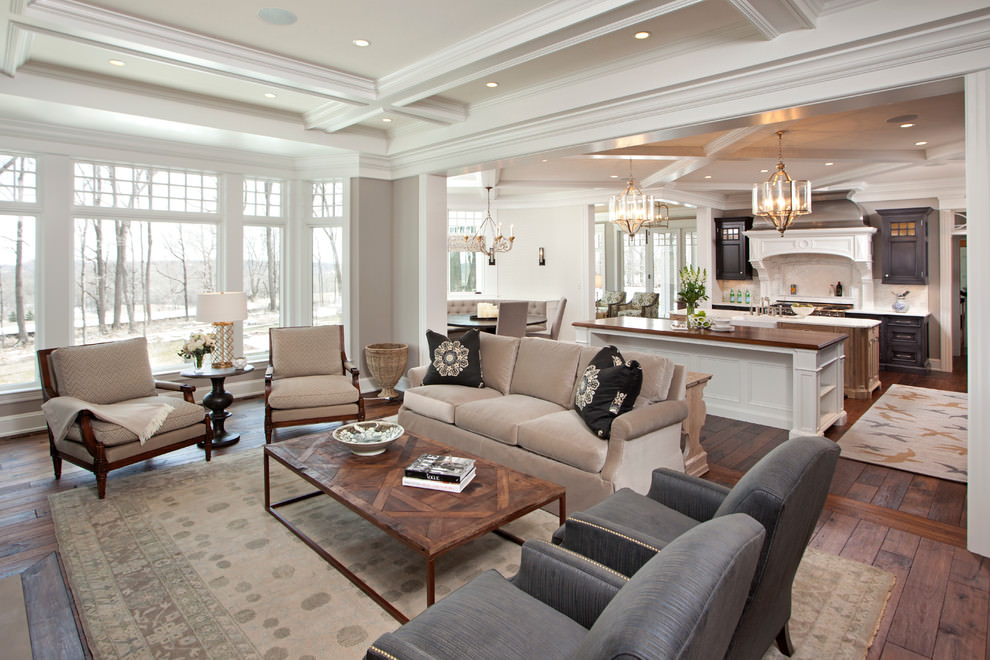




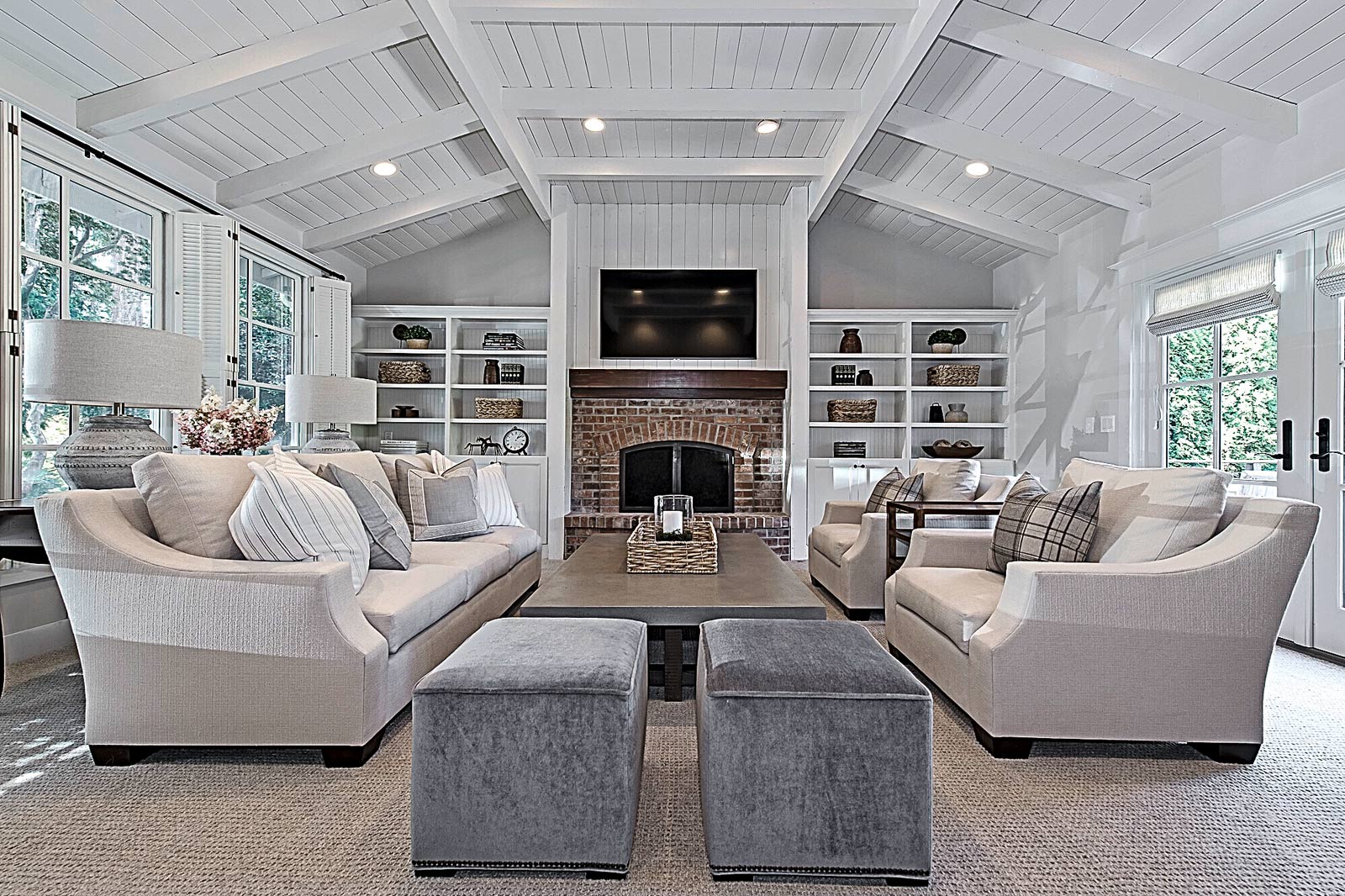











:strip_icc()/DesignbyEmilyHendersonDesignPhotographerbyRyanLiebe_21-01b55e98eaa246a1b10472ef3f30c2f7.jpg)

